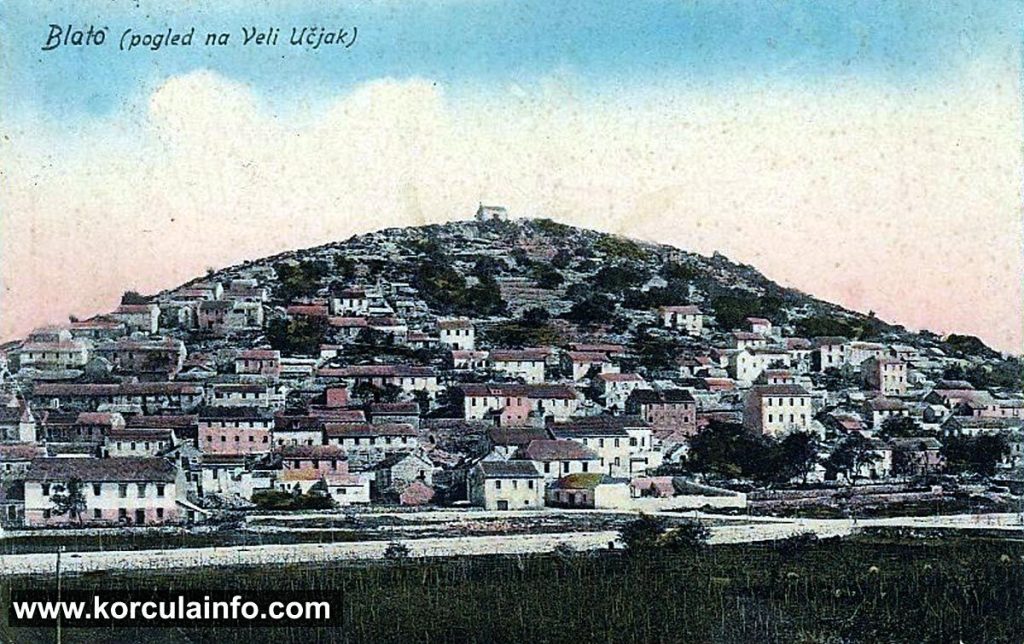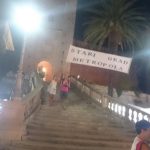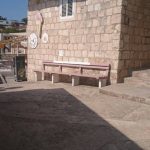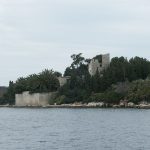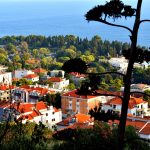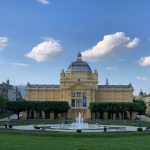Following the feature on Susak island, TCN continues its series on Croatian emigration hotspots with a look to Blato on Korčula on January 22, 2018
Blato is a town on Korčula island, located in Dubrovnik-Neretva County on the southern Adriatic. It’s a municipal centre and has a population of around 3500.
The town is known as one of the oldest settlements on Korčula. Its name, translating to mud in English, stems from the Old Slavic term for ‘a large body of water’, referring to the neighbouring Blato karst field. From the ancient times onwards, the field has been flooding on a regular basis, creating a lake that regularly went on to dry up in summer months. In 1911, the first canals and tunnels were constructed to channel the drainage water into the sea on the northern part of the island.
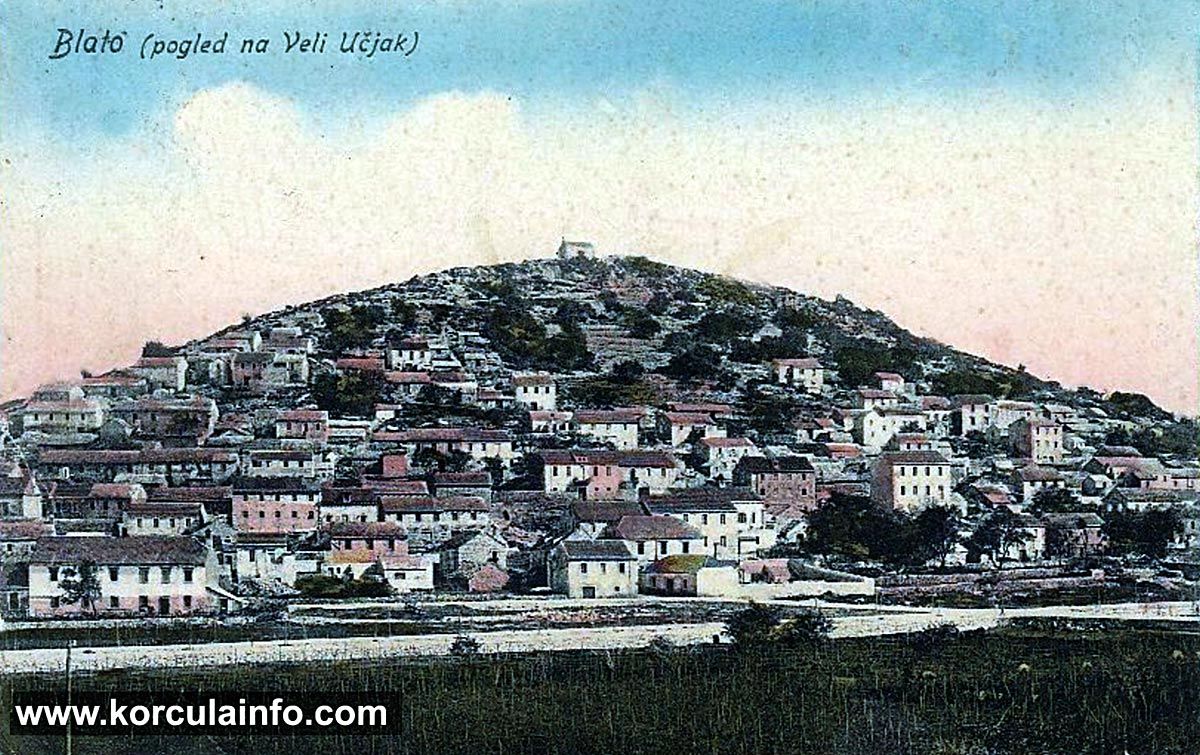
Blato is believed to have been inhabited since the Roman times. While historical sources on the ancient history of the town are hard to track down, the church of Our Lady of the Field, located on the karst field of Blato, partially dates back to the 4th century, its ancient Roman floors bearing witness to the earliest stage of Blato’s development. Archaeologists have also discovered remains of an agricultural estate close to the field, named Roman Junianum.
The town itself is spread on several hills around a small central valley, accessed by the main road from the city of Korčula. Throughout history, the population of Blato has mostly dealt in agriculture, owing to the pleasant Mediterranean climate with dry warm summers and mild winters. The economy was primarily based on wine making and olive oil production; in the early 20th century, more than 1000 wagons of wine and 30 wagons of oil were produced and exported annually. Carob and figs were two other major products, with legumes and grain grown for private purposes.
After World War I, a massive phylloxera infestation destroyed the majority of vineyards in Blato. Combined with unfavourable political and economic conditions in the newly formed Yugoslavia, the blight led to a mass exodus from Blato. While the statistical data available online differs from source to source, one thing is certain: the town’s population dramatically decreased in an incredibly short time span, with entire families from Blato leaving for Australia and South America on three separate occasions in 1924 and 1925. According to HRT, 1200 residents departed from the nearby port of Prigradica in a single day – on May 25, 1925. What used to be the sixth biggest settlement in the whole of Dalmatia turned into an emigration hotspot almost overnight.
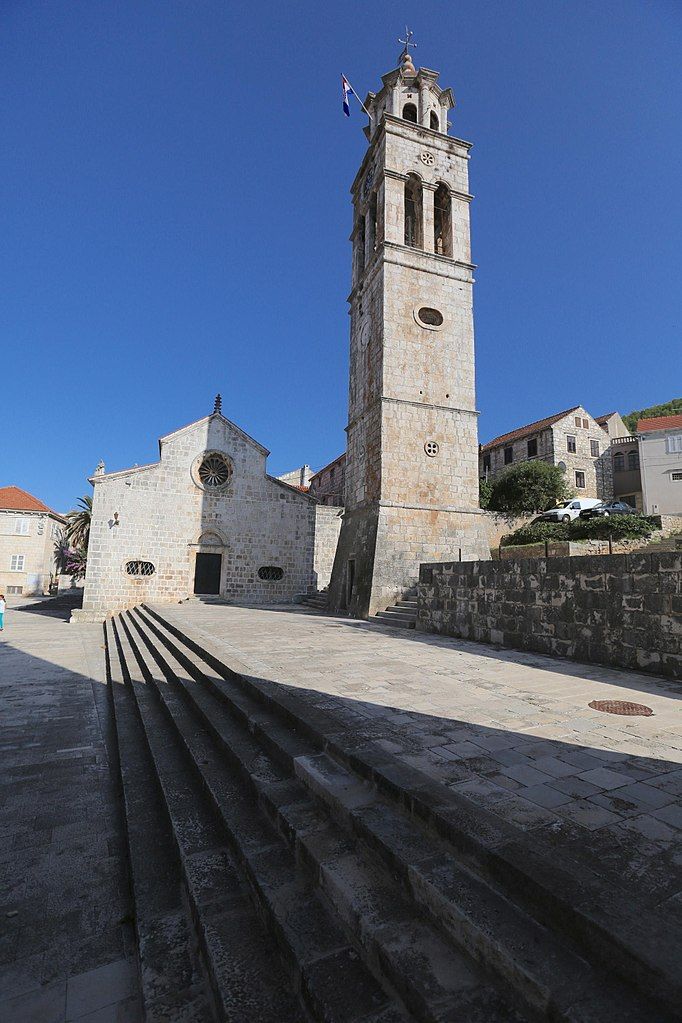
Church of All Saints in Blato
Blato found its ground again after the end of World War II; agriculture, tourism, and the metal and textile industries entered a new stage of development. Even though the population continued to decline, emigrants who left Blato after WWII kept in touch with their hometown.
Franjo Tuđman Square in Blato
Nowadays, the local economy flourishes owing to the Radež shipyard which employs 330 island residents. They build small tourist ships, manufacture steel structures and marine equipment, and export their products to Germany, Finland and Norway. Agriculture has remained one of the main economic activities, namely the production of wine and olive oil; tourism continues to bloom with a decent range of hotels and private accommodation on offer. The local authorities are making immense efforts to entice population growth: every couple residing in Blato is granted financial support of 5000 kuna for their first-born child, 10.000 for the second, 60.000 for the third, and 72.000 kuna for the fourth. Once the kids are done with elementary school, they don’t have to look far to continue their education: they can choose between a grammar school in Blato, an engineering high school, and a tourism high school in Korčula and Vela Luka. Those who move to other Croatian cities to pursue education in other fields are granted scholarships, with the Town of Blato contractually obliged to find them a job in their hometown once they’ve graduated.
The inhabitants of Blato are immensely proud of their cultural heritage and local customs: no less than fifteen cultural societies and associations are active in town. The best known is the Chivalrous Society ‘Kumpanija’; established in 1927, the society is performs a chivalrous game somewhat similar to the famous Korčula moreška. Kumpanija (companions or company in English) is a tradition originating from the historical island defense unit of the same name, first mentioned in 1214 and later transforming to a staged ceremonial fight between two armies defending their homes.
The performance takes place in front of the church of All Saints on April 28 in honour of St. Vincenca, Blato’s patron saint. The so-called kapitan (captain) sets the performance in motion with a choreographed sword dance; the standard-bearer called alfir follows with his own dance figures. When the chivalrous game is over, soldiers may dance with girls; the entire ceremony is set to bellows and a war drum. It’s also worth noting the performance used to involve an unfortunate ox led to sacrifice, but this particular custom was abandoned a couple of decades ago.
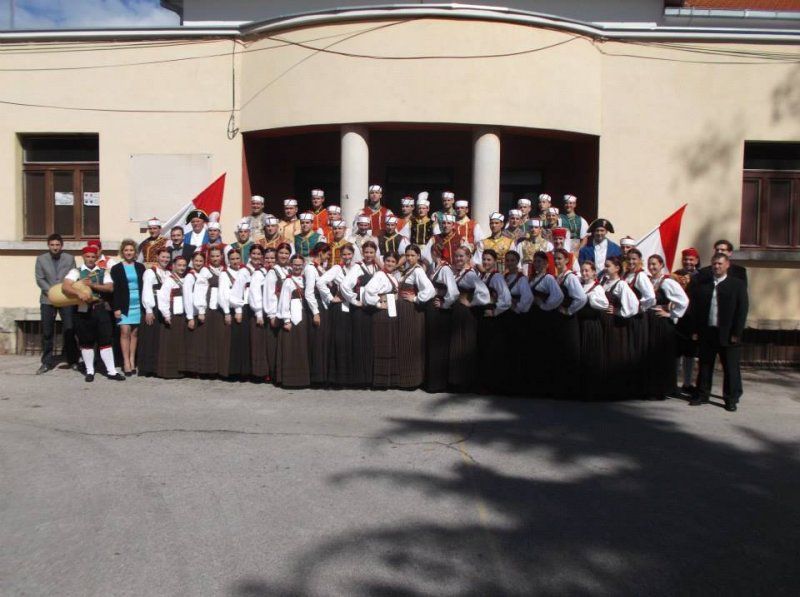
Even though more people of Blato origin reside in Australia and South America than on Korčula island, Blato has managed to overcome all challenging circumstances and nowadays houses a thriving community whose members lead happy, fulfilled lives. All of them united in a single goal: preserving the unique qualities of authentic island life.
Do you have a location you would like us to feature? Send an email to [email protected] or message us on Facebook. We also wish to encourage readers of Blato origin to contact us and share their stories.

